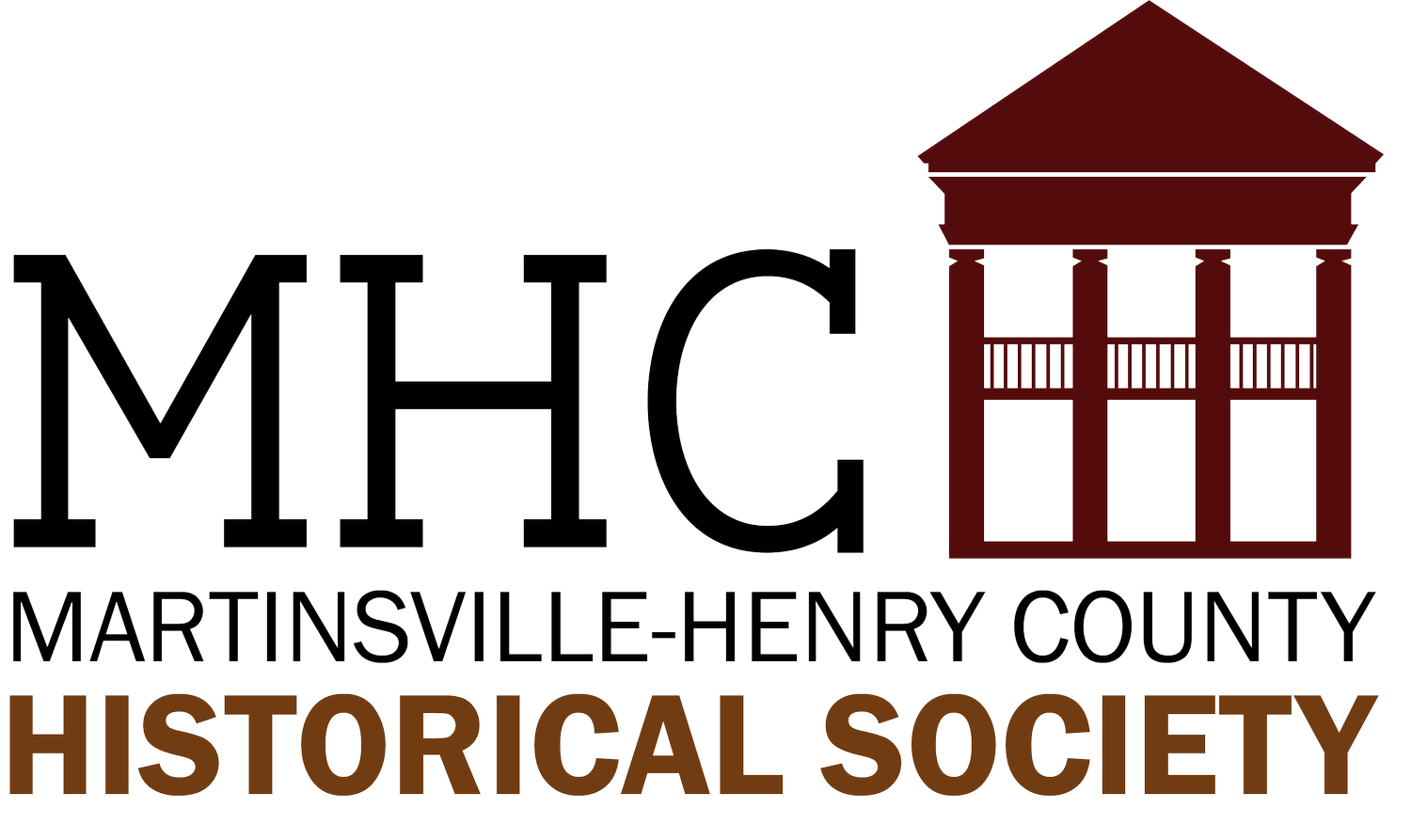Early education in Henry County
By Virginia King, May 15, 2018
Free public education was not available in colonial days. Wealthy planters in Colonial Virginia either hired a tutor, sent them to a private school or sent them to England or Scotland for their education. Prior to the establishment of public schools, privately-operated community schools which were tuition based were established. They were known as Old Field Schools. Some ambitious youth furthered their education by attending William & Mary College.
The only education poor children received was from a tradesman if they were bound out as an apprentice. If enslaved children received any education, it came from members of their family. The education usually pertained to the job they were expected to perform.
After the United States was formed in 1789, Thomas Jefferson believed that an educated electorate was necessary for the success of the American form of government. He made an effort to establish a public school system in Virginia. In 1796, he persuaded the General Assembly to enact legislation which would establish a system of free public elementary schools in every county in the State. The defect in this legislation was that the county judges were given the authority to set the dates for the beginning of the program, and since the judges were large landowners who would be taxed to support such a program, not a single judge ever set a date, and the system never got started in a single county.
During the 19th century a number of private schools operated in Henry County. Among them were Martinsville Academy, Dennis Marshall’s School, Patrick Henry Academy, Sylvan Retreat, The Young Ladies Seminary, McGilvray’s School, Martinsville Military Academy and Classical Seminary.
In 1811, the Virginia General Assembly decreed that there be established in every county a system of schools for the education of paupers. The stigma of being declared paupers caused many pupils not to apply. Many citizens thought education was a foe to honest labor or was a leisure time luxury.
In 1846, the Virginia Legislature gave Henry and 15 other counties in the State the option of operating a system of public schools for all white children if the voters of the county would approve the levying of taxes for the purpose. Henry County voters approved it despite the opposition of the large landowners who would bear the brunt of the tax. By 1848 22 schools had been established with 1,480 pupils in attendance. There were two five-month terms each year. Teachers were paid an annual salary of $104.50.
Due to the intense opposition of the large landowners and their influence with the General Assembly, Henry County reverted to the old pauper schools which continued until 1870. In most sections of the state there were no schools at all during the War Between the States.
The public school system as we know it today had its beginnings in 1870. The General Assembly did not provide for high schools, but it did not prohibit them if the localities wished to finance them. In 1887 Ruffner Institute was established with aid of a grant from the Peabody Fund and local contributions. It was the first public graded school in Henry County. It taught both elementary and high school subjects with three grade school teachers and one high school teacher.. The building was a four-room, makeshift structure which evolved from an original two-room building on College Street in Martinsville. In 1885 it had 381 students. The Ruffner Institute continued to serve until the opening of Martinsville High School at Cleveland Avenue and Brown Street in 1906. The city of Martinsville became a separate school division on September 1, 1930.
By 1871it was reported that there were 19 white and 10 colored schools which operated for an average of 4.4 months with 26 male and 3 female teachers. The average attendance of 990 pupils at a total cost of $4,543.10. The average salary for teachers was $33.13 per month.
Thirty years later in 1901, there were 75 white and 32 colored schools, operating an average of 5.5 months each, and at a total cost of $15,048. There were now 33 male and 74 female teachers and 2,548 pupils.
In 1902 a private school for black students was started in the basement of the Fayette Street Christian Church. It was named Martinsville Christian Institute. It was later moved to a new building on Fayette Street and called Piedmont Christian Institute. This school was the only school in Martinsville and Henry County to offer high school courses to black students. The school was renamed Henry County Training School in 1939 when it became part of the public school system.
In the 1920s blacks living east of Martinsville sought better school facilities and better education for their children. Plans, specifications and funds were obtained from the Rosenwald program for construction of a school for African-American children. Julius Rosenwald, president of Sears and Roebuck Company, established the Rosenwald Fund to help pay for more than 5,000 schools in 15 southern states. The school built in Martinsville was named Dry Bridge School-later East Martinsville Grammar School. It is one of the few Rosenwald schools built of brick. It is located on Jordan Street. The school closed in 1968 as the result of school desegregation.
Acknowledgments: The material was obtained from an editorial written by John Wilson in the June 1, 1975 Martinsville Bulletin, a series written by O. E. Pilson that appeared in the April 25, 1976 Martinsville Bulletin, and Martinsville & Henry County Historic Views published by the Martinsville-Henry County Woman’s Club in 1976.
